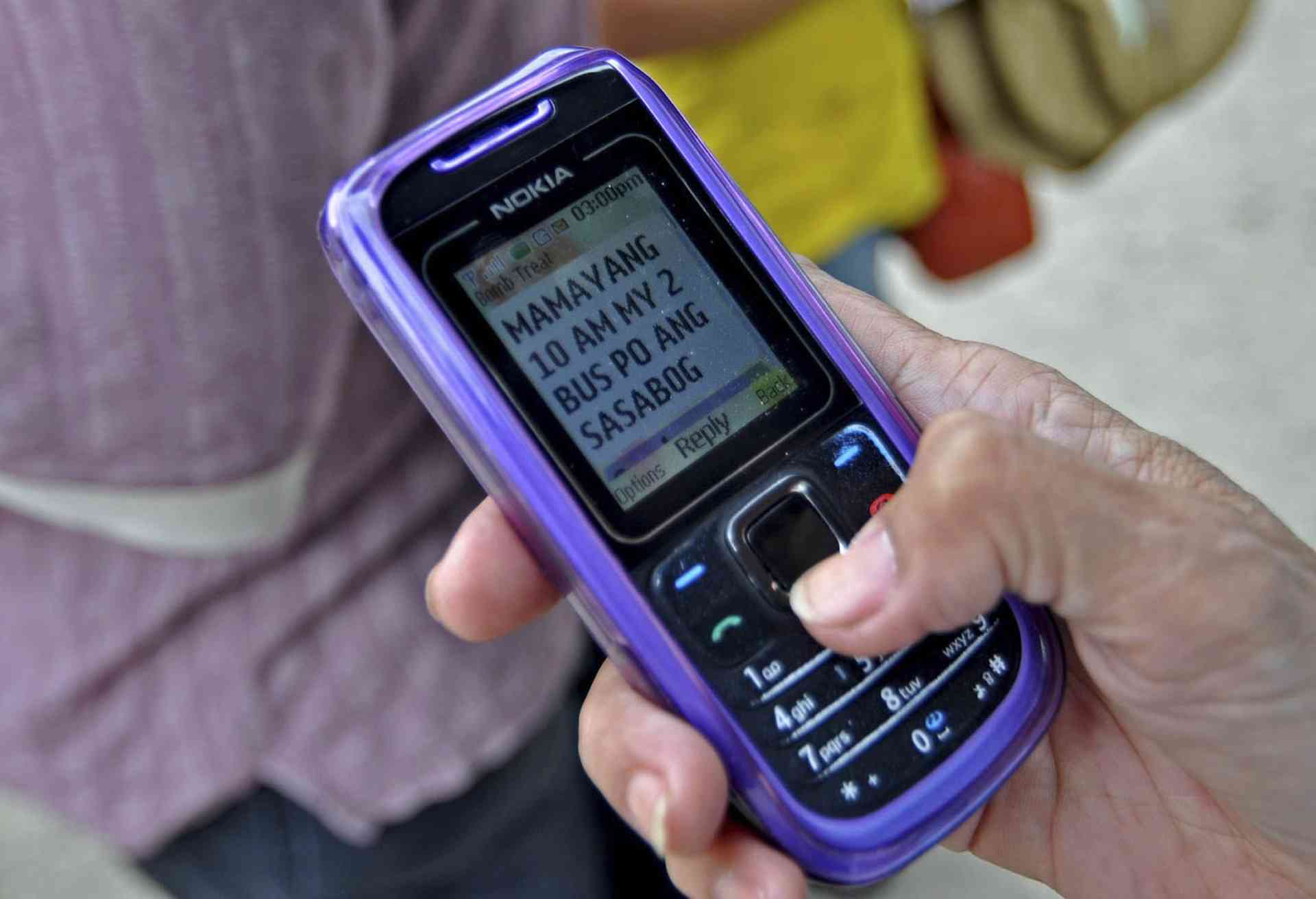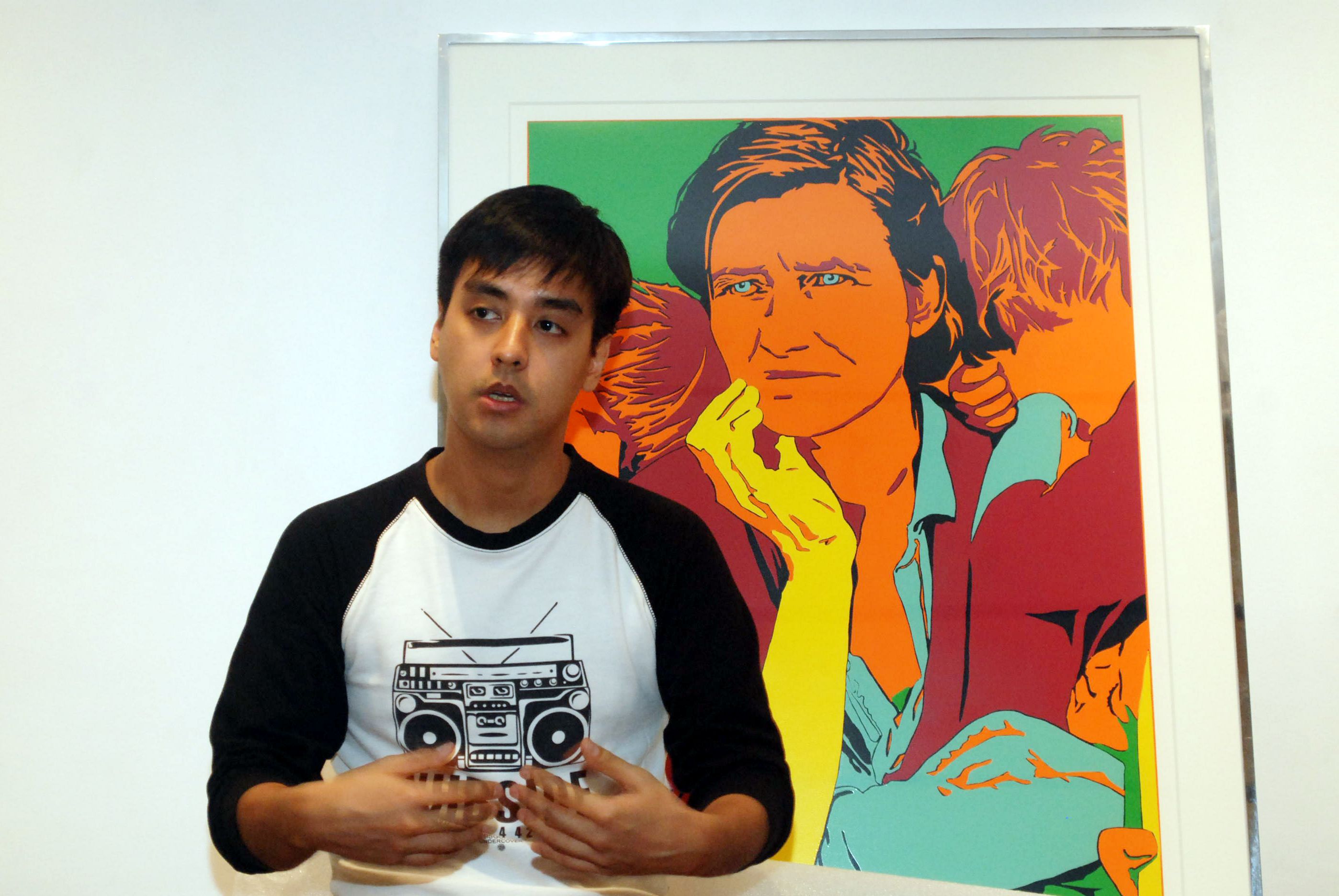In retrospect, flying into Kathmandu ensconced in Thai Airways’ superb Royal Silk business class was probably not the best way to get acclimatized to the Nepali capital’s unique atmosphere.
One minute you’re sipping champagne cradled in a sybaritic, cocoon-like sleeper seat; the next finds you standing in the hot, dusty, unpaved parking lot of the Tribhuvan International Airport, sweating buckets and wondering where the hotel’s promised airport pick-up service is.
After a few increasingly frantic phone calls, the answer is provided by a front desk clerk, who says their car is not available because, despite ample evidence to the contrary, “Our records show that you are not arriving today.”
So I end up having to negotiate a ride to downtown from a cabbie who could easily have played a supporting role in the film “Goodfellas,” had it been set in the Himalayas instead of Brooklyn. Shortly after we agree on a price (which I later find out was inflated about 200 percent), I climb into the backseat of a tiny, wheezing Suzuki Alto. Its windows do not properly roll up, and one of my suitcases is strapped to the roof with rope that looked like it was part of Sir Edmund Hillary’s Mount Everest adventure in 1953.
The trip to where I’m billeted takes an hour, during which plumes of dust darken my skin tone several degrees and bacteria residing in the driver’s armpits ferment most unpleasantly.
We finally arrive at the Hotel Thamel, smack-dab in the midst of the district it is named after. A few choice words at Reception later regarding their flawed reservation system, I get to my room and proceed to shower off lahar-like amounts of dirt. Now clean, I go wandering around the area, a cross between Bangkok’s Khao San Road, Delhi’s Connaught Circle and Manila’s Divisoria, but with narrower roads and more menacing motorists. Here can be found bargains aplenty, ranging from pashmina shawls to tea to handicrafts, all at dirt-cheap prices.
But barely an hour passes when a torrential downpour starts, filling the pavement with rivulets of mud. I slosh back to my quarters, my very expensive black Louis Vuitton loafers rapidly depreciating in value with every step. Before I turn in for the night, I say a prayer that the next day gets dramatically better, because if it doesn’t I may just get abducted and eaten by a hungry Yeti for brunch.
Thankfully, dawn brings with it bright sunlight and a chauffeured, air-conditioned Nissan Sentra waiting to whisk me around the Kathmandu Valley area. First stop is the Unesco World Heritage site of Boudha Stupa, a stunning white-painted, dome-shaped Buddhist temple of worship with a towering needle at its center. Construction here started in the 5th century A.D., and today it is considered one of the most sacred sites in the entire country.
I climb a set of steep steps to get to the upper reaches of the stupa, enjoying a good view of the surrounding neighborhood. Two- and three-storey buildings completely encircle the temple complex, most housing stores, restaurants and accommodations run by Tibetan émigrés, earning the area the sobriquet of “Little Tibet.” I poke around for a while, shopping for souvenirs and taking in the scene. Before I leave, I see the charming sight of a cow, surrounded by pigeons, being tended by a middle-aged gentleman. I inquire if he is Hindu, which would account for his reverential concern for cattle. He replies he is Buddhist, and when I react with obvious surprise, he answers with a smile, “It [sic] good to be nice to all gods, why not?”
My thoughts exactly. So I set off for my next stop, Pashupatinath. The oldest Hindu site of worship in the country, it is one of the world’s most important Hindu temples, and is dedicated to Shiva, in the form of the Lord of the Animals. It consists of several structures spread out over both banks of the Bagmati River, dating back to the 17th century, when the present building was erected by King Bupendra Malla. On one side of the river are stone structures lining a terraced hill, where holy sadhus, their bodies painted in parrot-colored hues, are holding court. Across the Bagmati is the Nepalese Pagoda-style Pashupati, crowned by an awesome stacked pair of gold-leafed copper roofs. Among the rites performed here are traditional Hindu cremations for the dead, several of which are actually taking place. As I walk around the smoky grounds, I suddenly come to realize that, to paraphrase Malcolm Crowe from “The Sixth Sense,” I breathe dead people. Clearly, it’s time to go.
I wrap the day up with a visit to Kathmandu’s Durbar Square, the old royal complex of palaces and temples that is also inscribed on the Unesco World Heritage List. The most popular tourist attraction in the Kathmandu Valley, its highlights include the present iteration of the Kasthamandap or “wooden house,” from which the city gets its name, the three-roofed Taleju Temple and the neoclassical old Royal Palace.
One thing about the Square that is simultaneously endearing (in terms of urban fabric integration) and horrifying (from a historical preservation standpoint) is that there are few restrictions placed on people who throng there. To give but one example, while I was visiting it was market day, and strands of tomatoes and onions were hung from ancient, intricately-carved wooden beams, under which cooking of street food on an open fire was being done. Not for the faint of heart, to say the least, but worth braving the crowds for the surfeit of relics and local color that abound in the locale.
After having a Nepalese interpretation of an “American” breakfast, I set out very early the following morning for the airport, where I board one of the popular Mountain Flights at 7 a.m. Offered by several local airlines, this involves an hour-long circular flight on a small prop plane that takes you up and close to some of the mightiest peaks of the Himalayas, including extraordinary Everest. Originally booked on Buddha Air, the crash of one of their aircraft doing the very same route a week before gave me some pause, so I had switched at the last minute to Guna Air. At one point, we are all allowed to go into the cockpit to get better views of the mountains, with the co-pilot even offering to take pictures for us. Not exactly FAA-approved, methinks, but a great way to see some of the mightiest mountains on this planet.
Upon landing, I kiss the ground more times than I thought I would, and hop into the car that takes me to Patan. The second largest city in the Valley, its main attraction is its own Durbar Square, yet another entry in the aforementioned Unesco listings. Crowded with exquisite temples and other old structures, at its center is the Patan Museum, one of the finest small collections I have ever had the privilege of visiting. Tagged “The Museum Behind the Golden Door” due to the gold-tinted bronze main entrance, it consists of priceless, well-curated art and artifacts, all housed in the masterfully-restored palace of the Malla kings who ruled the area from the 1600s-1700s.
I end the day with a quick visit to Swayambhu, a sacred Buddhist hilltop stupa that offers the rather odd combination of having some of the best vistas overlooking the city coupled with troops of mostly harmless monkeys roaming the grounds.
Taking the advice of singer, actress and former Miss USA Vanessa Williams, I save the best for last and spend my final day in the area in the beautiful town of Bhaktapur, a venerable Newar town in the eastern corner of the valley. Its status as a major stop on the trade routes between China, Tibet and India made the town prosperous for centuries, and its wealth of art and architecture bear that out. With its own Durbar Square, awe-inspiring temples and charming, winding lanes that cut through old buildings displaying delicately carved wood and metalwork, think of this as Nepal’s version of Bath, Florence or Segovia. Definitely worth several hours of exploration, which is exactly what I spend doing.
That night, as I down a tall bottle of ice-cold Gorkha beer at Kathmandu’s be-bopping Blue Moon Bar, I trade tales of my Nepal adventures with Martin, a Swiss hydrologic engineer, and two Irish girls named Carol and Dinah.
At one point, I said, “The start of this vacation may have been hellish, but overall my experience in the Kathmandu Valley area has been quite heavenly.” Everyone replied, quite appropriately, “Namaste!” •









































